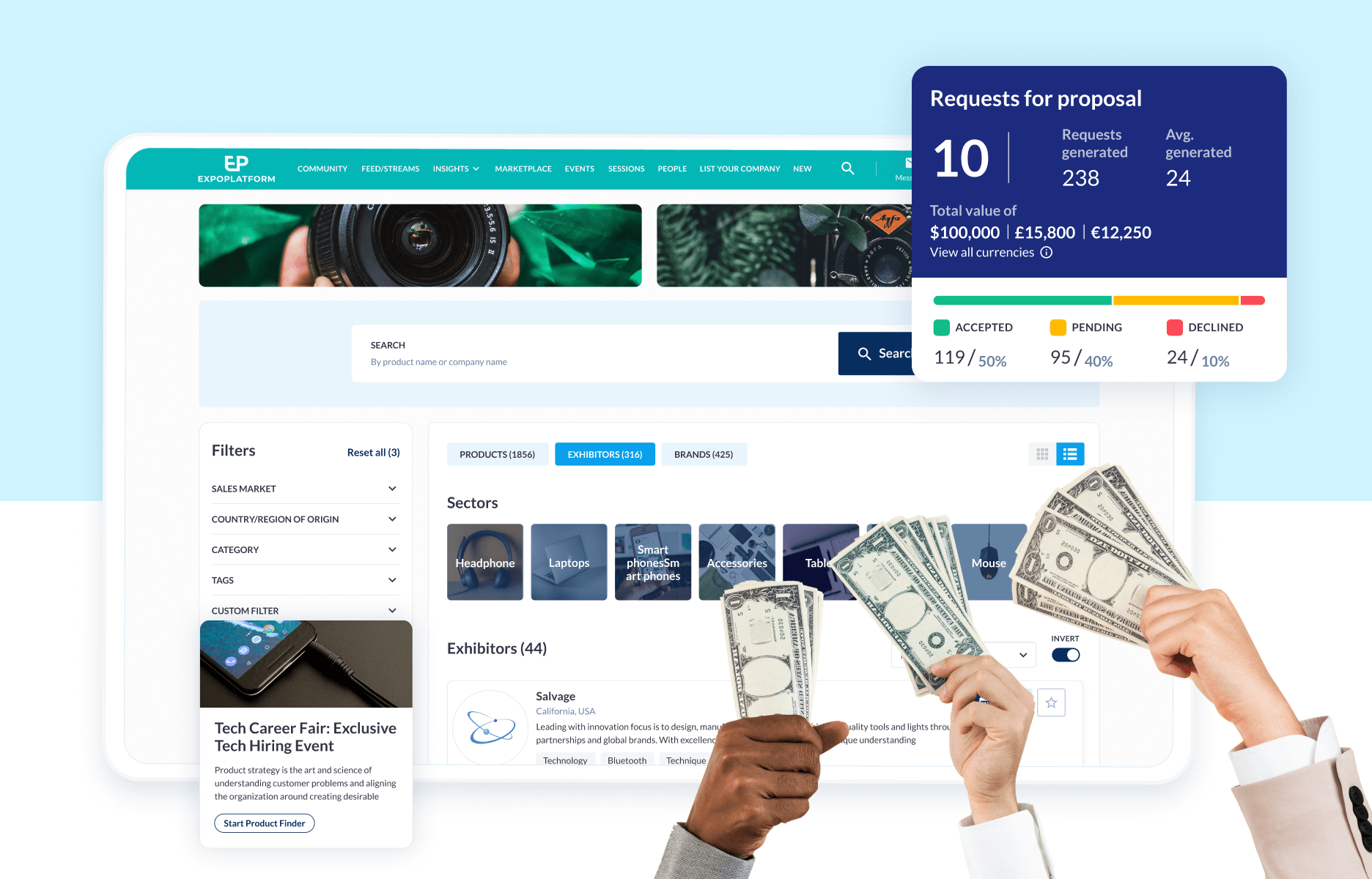
Asia-Pacific leads way in online retail spending
Asia-Pacific has emerged as the leading market for online retail spending, new research shows.
The Wunderman Thompson Commerce’s Future Shopper Report 2022 said shows 57% of global spending is now done through digital channels. However, the study found the most significant shift has been witnessed in the Asia-Pacific region.
Figures show online spending in China at 66%, followed by Indonesia and India (64% each), Thailand (60%), Australia (55%) and Japan (48%).
Delivery has also become a priority with 48% of the respondents demanding quicker orders. Meanwhile, 68% said they wanted brands and retailers to offer better environmental practices.
The report surveyed 31,000+ consumers across 18 international markets to get insights into customer behavioural patterns in online commerce and consumer shopping.
What’s behind the figures
Growing investment in e-commerce, rise of remote work and customer preferences for digital retail tech has made online marketplaces the preferred shopping mode.
For example, 58% showed inclination towards cashless payments while another 64% preferred checkout-less services like Amazon Go.
Around 60% of the consumers said they plan to use digital shopping channels more, with 62% attributing remote work as a key factor in helping them discover new brands.
Aadit Bimbhet, regional commerce director at Wunderman Thompson APAC, said: “Covid-19 has accelerated digital adoption globally and in south-east Asia nearly 70 million new shoppers are estimated to have come online for the first time.”
“While marketplaces remain the dominant force online, consumer loyalty and preferences in APAC are evolving in the face of fragmented online journeys.”
What does it mean for organisers
B2B events spending mirrors a similar trend. The past two years have seen the rise of an online marketplace model to engage buyers and boost business growth.
A survey by McKinsey showed 94% of B2B customers across different industries found the multi-option omnichannel format to be more or as effective before Covid-19.
Meanwhile, another report found that buyers are using as many as 10 channels in their purchase journey, nearly double from that in 2016.
For organisers, the omnichannel online marketplace model has become a critical tool in engaging the modern audience. Adapting to online spending habits has created the need to connect more data sources through e-commerce, social media and other digital channels.
There is also a growing demand for more personalised and immersive buyer experiences that is achieved through features like AI matchmaking, product discovery platform and exhibitor manual.
Adding these capabilities makes the online marketplace a powerful omnichannel format for audience engagement and business growth.
Learn how you can create a successful online marketplace with our blueprint. Download it now.
We hope you enjoyed reading this article and found it useful. At ExpoPlatform, we want to help you build better events and communities. Please get in touch and ask for a demo here. Thank you.
There's more you might like

How to make your events more profitable with 365 marketplaces
Online marketplaces are fast becoming the go-to models for tradeshow organizers to get more buy-ins for their businesses and drive revenue year-round. According to Research and Markets, the global B2B e-commerce platform market value stood at $8,916.6 million in 2022 and is expected to grow to around $10,059mn this year. It is further projected to ...

10 ways online marketplaces are a bonus for eventprofs
The rise of online marketplaces has been a boon for B2B events – allowing organisers to widen their connections beyond the limits of in-person shows. Always online ecommerce sites help buyers explore new products around the year, compare prices and get the best deals for their purchase. Exhibitors can use these platforms as a convenient ...

B2B US ecommerce to exceed $2tn next year
B2B ecommerce in the US is set to hit more than $2 trillion in sales next year, according to a study. Findings from Forrester also show this method will make up 24% of all purchases and be worth $3tn by 2027. It comes as other studies show an omnichannel approach is becoming increasingly popular in ...


